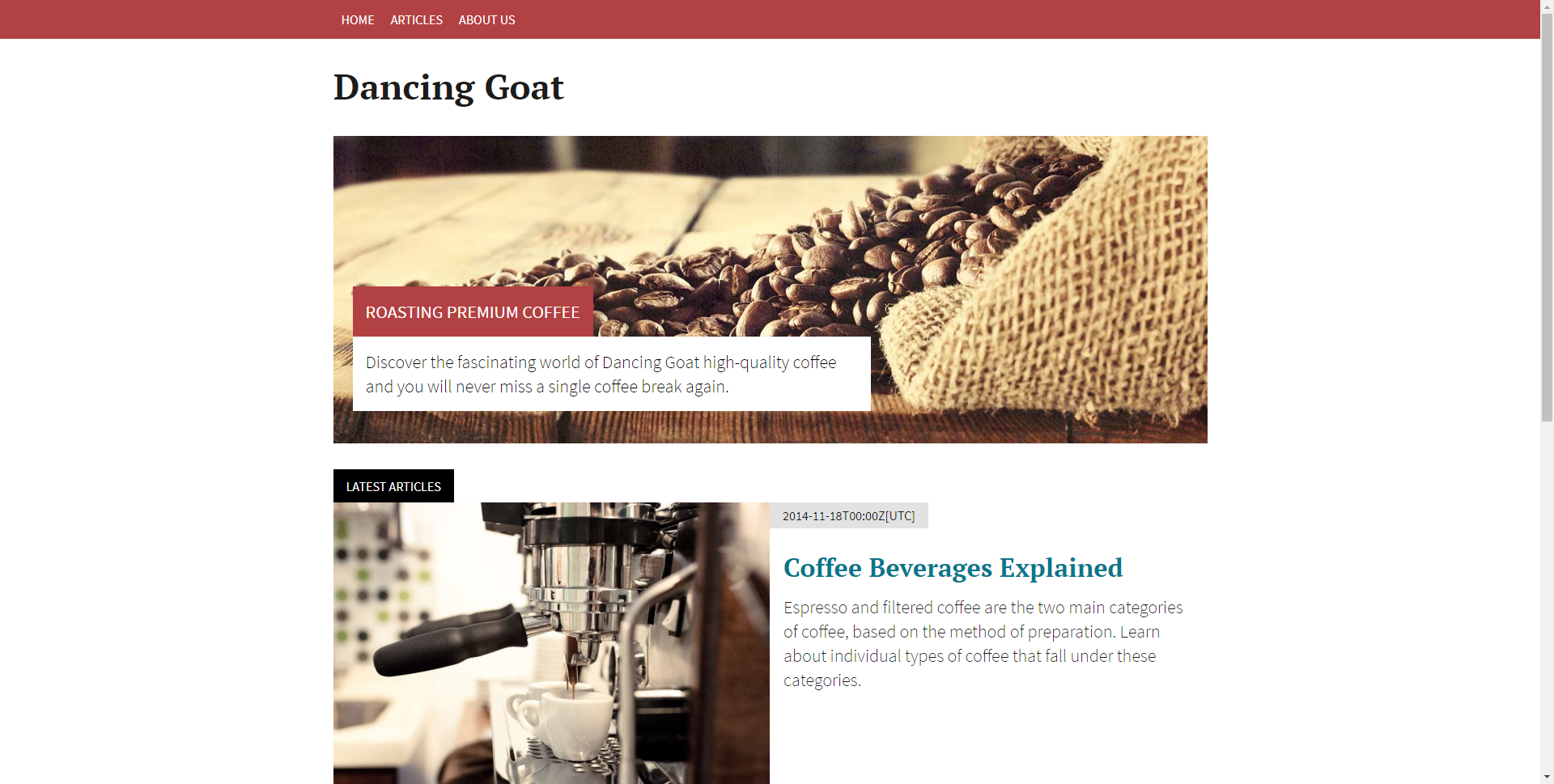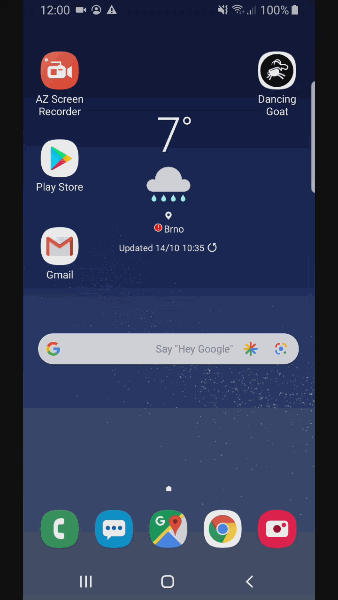The monorepo containing Kontent Delivery SDK for data fetching facilitation from Kontent headless CMS, model generator, and a set of examples of how to use these two tools using Gradle, Spring Boot, and Java + Kotlin android application.
I would like to start with the disclaimer. The core of the Delivery SDK was written by Adam J. Weigold. My core work was to refactor the solution so that the package is easy to maintain, extensible and allow to include examples in the monorepo itself.
This monorepo contains Delivery SDK that facilitates working with Kontent Delivery REST API, allowing to resolve rich text elements into consumable form - mainly thanks to revolvers, template engine support.
DeliveryClient client = new DeliveryClient(
DeliveryOptions
.builder()
.projectId("975bf280-fd91-488c-994c-2f04416e5ee3")
.productionApiKey("secured key")
.build()
);
// Retrieves a list of the specified elements from the first 10 content items of
// the 'brewer' content type, ordered by the 'product_name' element value
// also includes total number of items stored in kentico i.e. for pagination purposes
CompletionsStage<ContentItemsListingResponse> response = client.getItems(
DeliveryParameterBuilder.params()
.language("es-ES")
.filterEquals("system.type", "brewer")
.projection("image", "price", "product_status", "processing")
.page(null, 10)
.orderByAsc("elements.product_name")
.includeTotalCount()
.build()
)It also provides an automatic strongly model resolution of the content items into JAVA POJO classes.
package com.dancinggoat.models;
import java.lang.String;
import java.time.ZonedDateTime;
import java.util.List;
import kentico.kontent.delivery.Asset;
import kentico.kontent.delivery.ContentItem;
import kentico.kontent.delivery.ContentItemMapping;
import kentico.kontent.delivery.ElementMapping;
import kentico.kontent.delivery.System;
import kentico.kontent.delivery.Taxonomy;
/**
* This code was generated by a <a href="https://github.com/Kentico/cloud-generators-java">cloud-generators-java tool</a>
*
* Changes to this file may cause incorrect behavior and will be lost if the code is regenerated.
* For further modifications of the class, create a separate file and extend this class.
*/
@ContentItemMapping("article")
public class Article {
@ElementMapping("personas")
List<Taxonomy> personas;
@ElementMapping("title")
String title;
@ElementMapping("teaser_image")
List<Asset> teaserImage;
@ElementMapping("post_date")
ZonedDateTime postDate;
@ElementMapping("summary")
String summary;
@ElementMapping("body_copy")
String bodyCopy;
@ContentItemMapping("related_articles")
List<ContentItem> relatedArticles;
@ElementMapping("meta_keywords")
String metaKeywords;
@ElementMapping("meta_description")
String metaDescription;
@ElementMapping("color")
String color;
System system;
public List<Taxonomy> getPersonas() {
return personas;
}
public void setPersonas(List<Taxonomy> personas) {
this.personas = personas;
}
public String getTitle() {
return title;
}
public void setTitle(String title) {
this.title = title;
}
public List<Asset> getTeaserImage() {
return teaserImage;
}
public void setTeaserImage(List<Asset> teaserImage) {
this.teaserImage = teaserImage;
}
public ZonedDateTime getPostDate() {
return postDate;
}
public void setPostDate(ZonedDateTime postDate) {
this.postDate = postDate;
}
public String getSummary() {
return summary;
}
public void setSummary(String summary) {
this.summary = summary;
}
public String getBodyCopy() {
return bodyCopy;
}
public void setBodyCopy(String bodyCopy) {
this.bodyCopy = bodyCopy;
}
public List<ContentItem> getRelatedArticles() {
return relatedArticles;
}
public void setRelatedArticles(List<ContentItem> relatedArticles) {
this.relatedArticles = relatedArticles;
}
public String getMetaKeywords() {
return metaKeywords;
}
public void setMetaKeywords(String metaKeywords) {
this.metaKeywords = metaKeywords;
}
public String getMetaDescription() {
return metaDescription;
}
public void setMetaDescription(String metaDescription) {
this.metaDescription = metaDescription;
}
public String getColor() {
return color;
}
public void setColor(String color) {
this.color = color;
}
public System getSystem() {
return system;
}
public void setSystem(System system) {
this.system = system;
}
}Repository showcases how you can benefit from the features, not only on the Gradle console app but also using Spring Boot framework with Thymeleaf template engine. I have also created an Android application in Java and in Kotlin.


The repository automatically releases versions from GitHub to Maven Central - by using GitHub actions.
